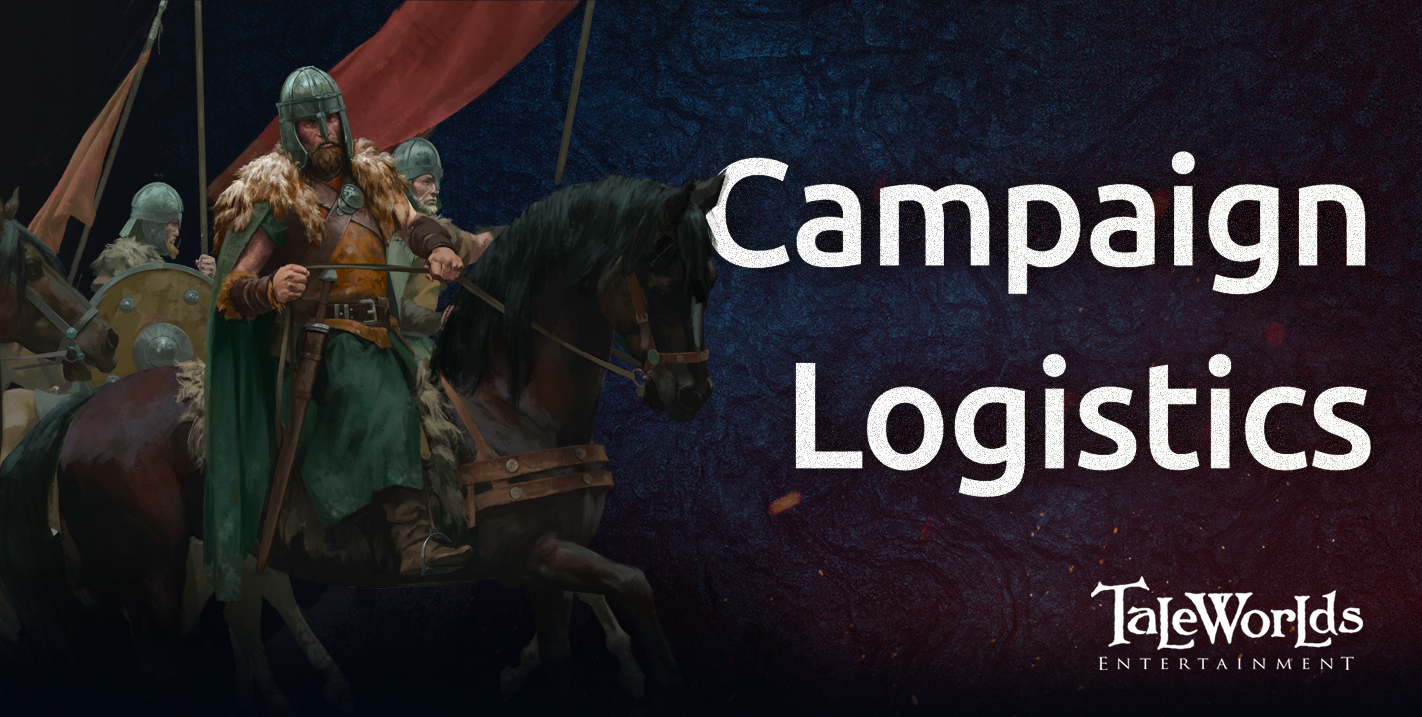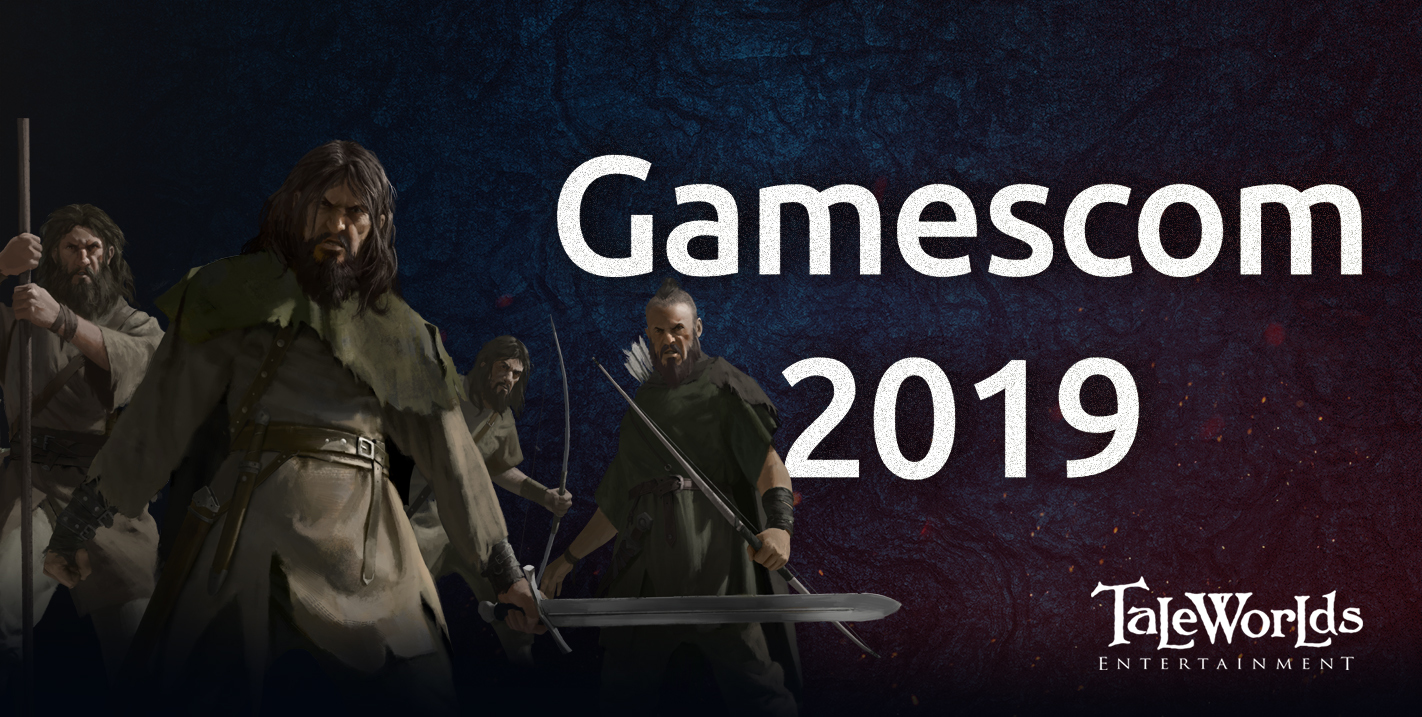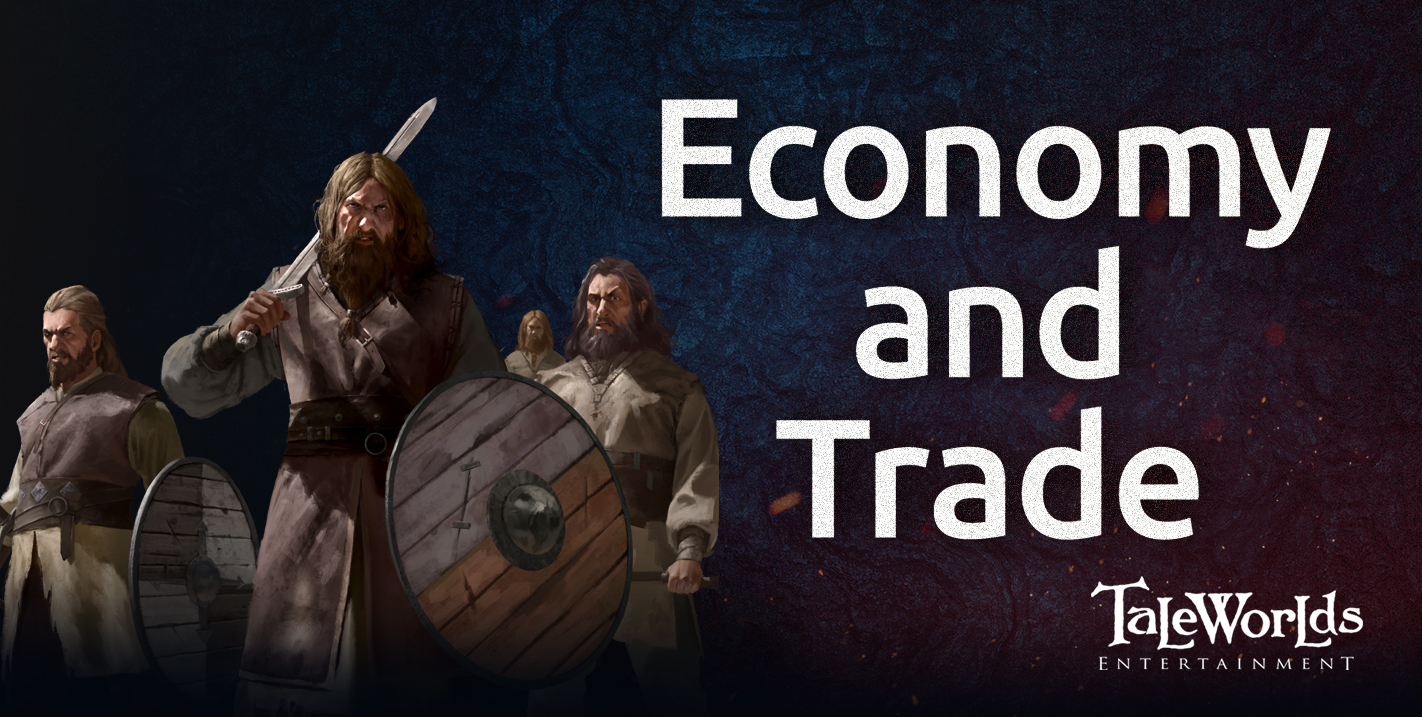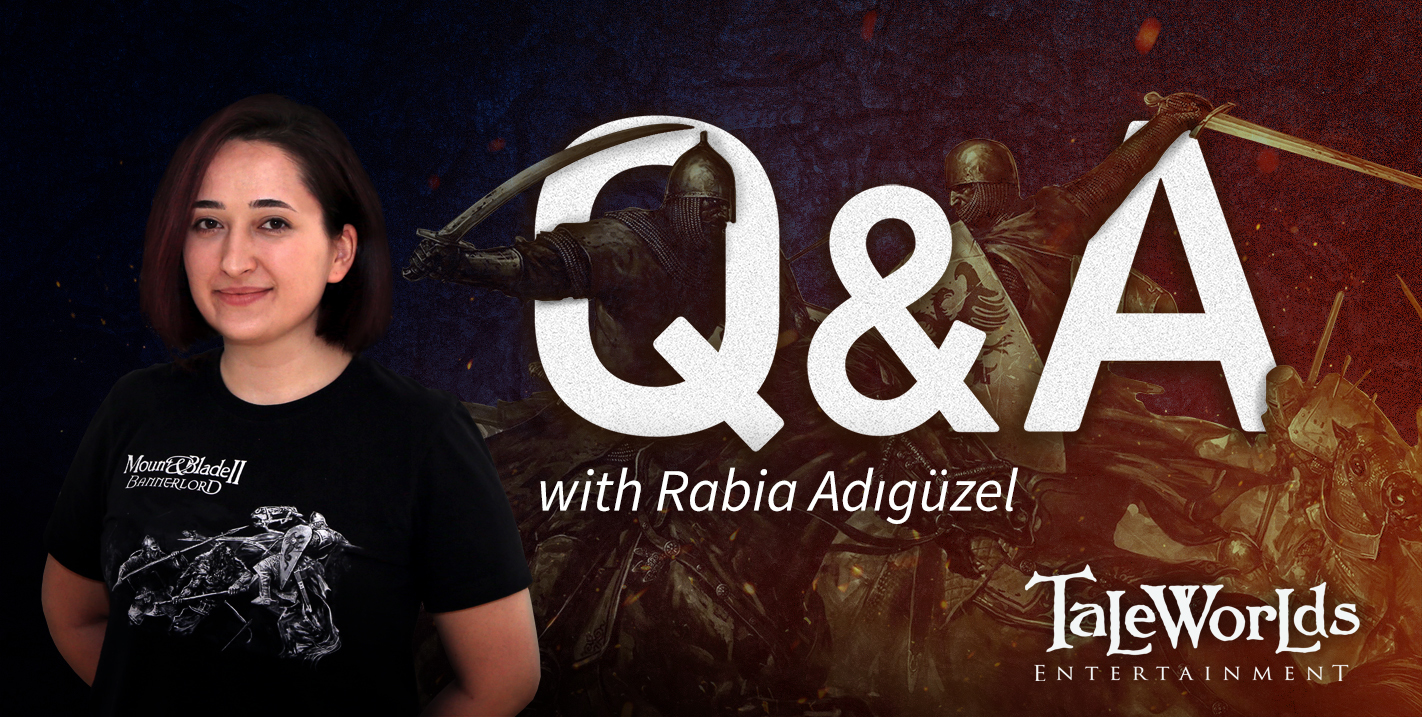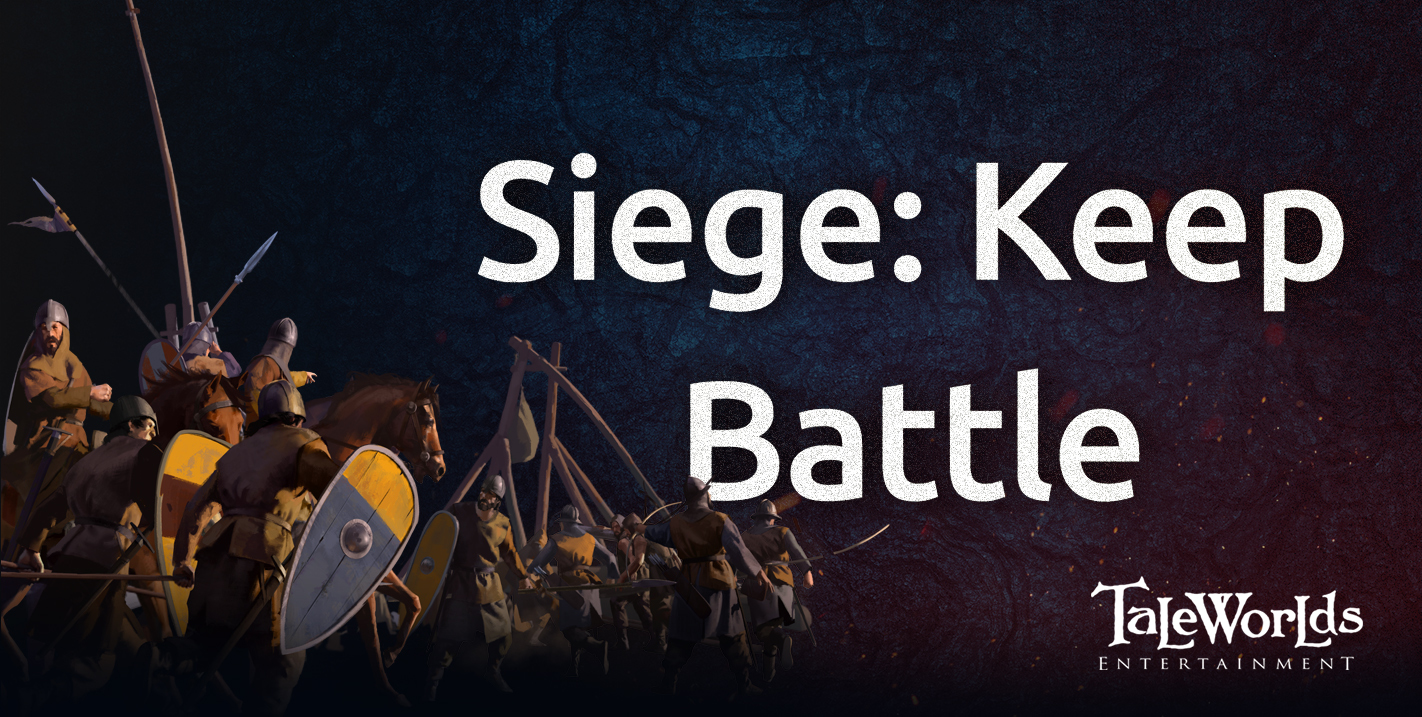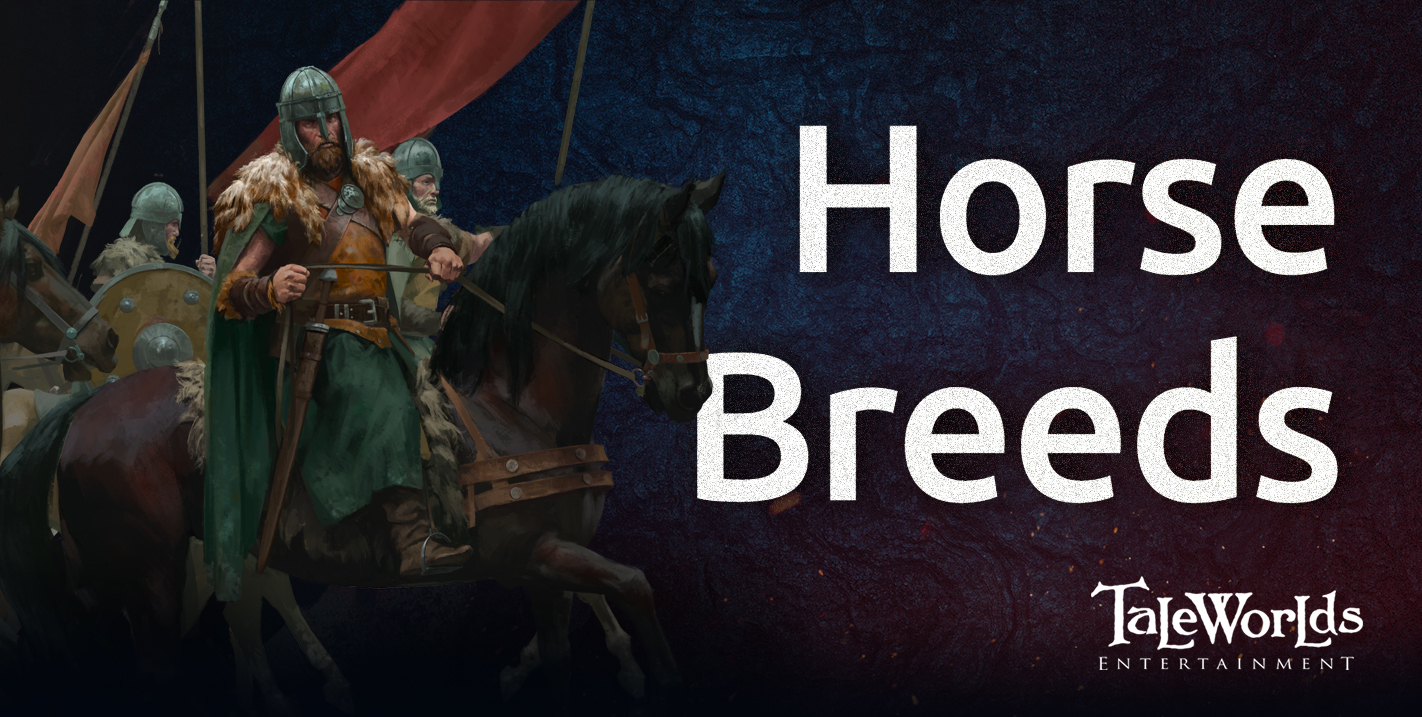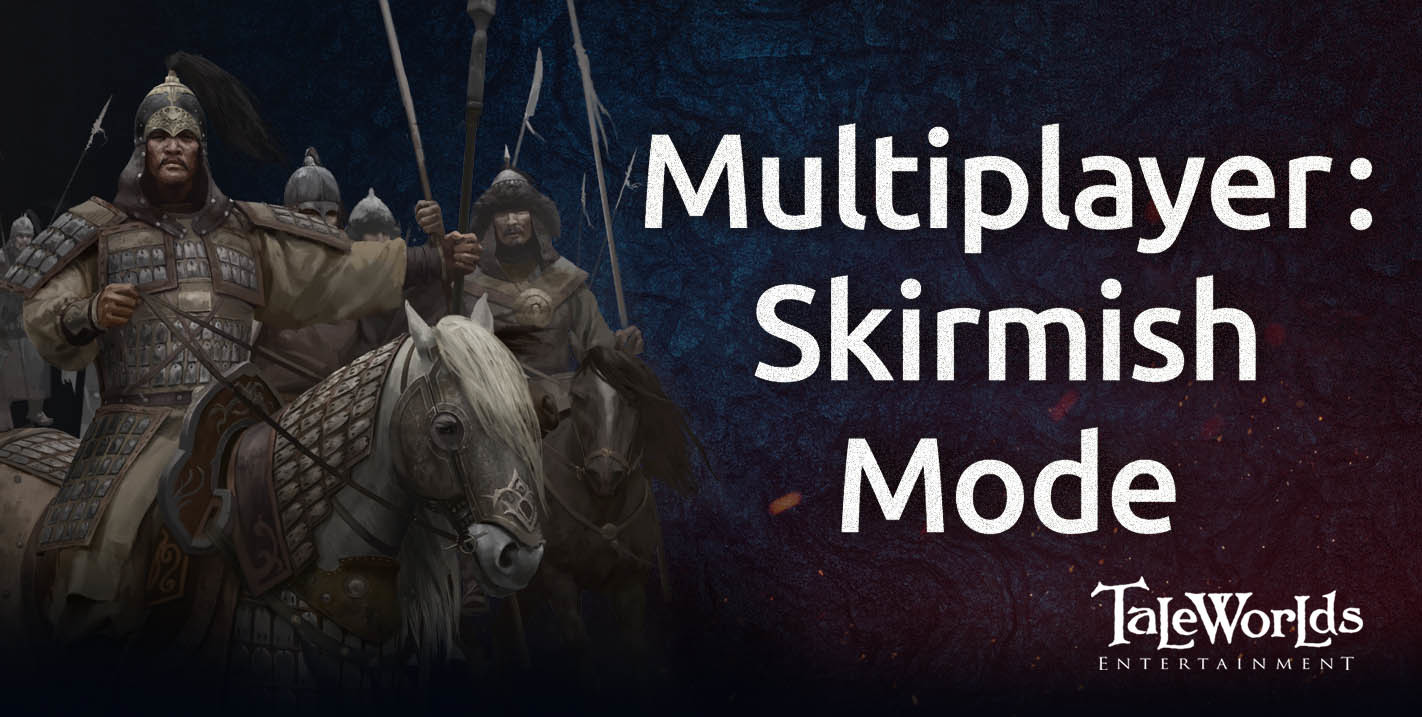
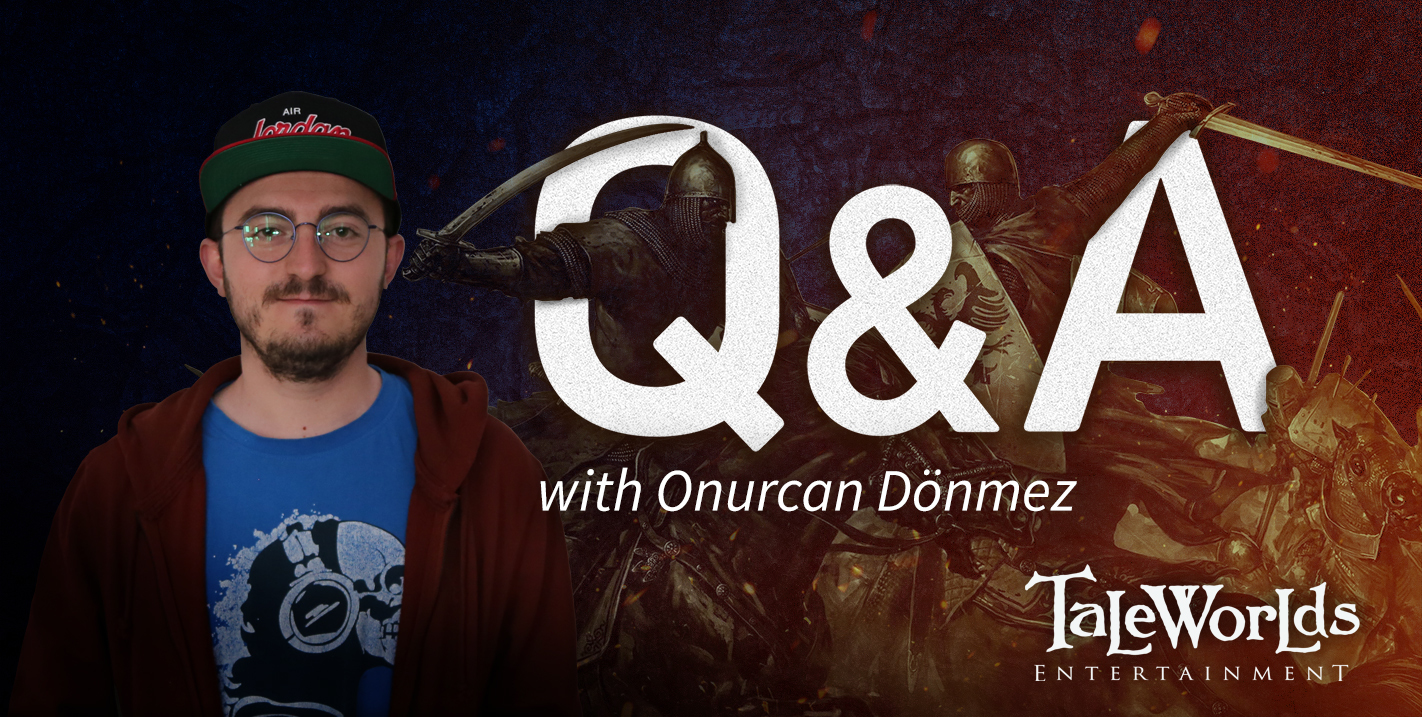
Greetings warriors of Calradia!
One part of game development that is often overlooked or undervalued is Quality Assurance (QA). Testing a game is an integral part of the development process, and with a game of the scale of Mount & Blade II: Bannerlord, the testing process is paramount in ensuring that the many different features and systems, that more often than not are intertwined and dependant on each other, work as intended to provide players with a fun and enjoyable experience. In this week’s blog, we talk with one of the people responsible for making sure that the game meets the standards that both we and our players expect, QA Tester, Onurcan Dönmez.
What I like the most is the richness of the game in terms of features. I have played lots of games across a number of different genres for over 20 years, but only some of them have such richness. If you take the list of Bannerlord’s features, it would take a day or more to shallowly test just one of them.”
In order to help you visualise this, I can give an example: Before implementing a quest to the game, I check the algorithms and dialogues of the quest. If I find a problem, I talk to the designer of the quest to get it fixed. Following this, the design of the quest is approved and sent to the programmers, which means that I need to communicate with the programmers at this stage and test it after the implementation. The drafts may not be suitable to implement, may not be fun, or may cause some unexpected problems. We need to collaborate with the designers, programmers, and even graphic designers or game engine team to solve these problems. In such instances, positive and healthy communication is essential to solving the problems within the shortest amount of time.
Improper work can be done due to a lack of communication and it can hamper the speed of development. To avoid this, I am trying to do my best to provide a continuous flow of information. ”

- The creepy winks of the dead warriors lying in the battlefields.
- The transformation of swords into lightsabers as a result of an excessive flare bug, turning the game into Star Wars mode.
- Naked people walking around as a result of another bug.
- The reduction of the height of the siege tower model into half the size of a human and the transportation of it into the castle by the soldiers.
- Everyone turning into a child as a result of a bug we had after implementing the child model for the first time. It was really funny to see tiny people swinging huge swords in battles, but it was very disturbing to actual kill child enemies... We are working under really harsh conditions! :)"

Discuss this blog post HERE

 Facebook
Facebook Twitter
Twitter
 Website
Website Facebook
Facebook Twitter
Twitter YouTube
YouTube Twitch
Twitch




